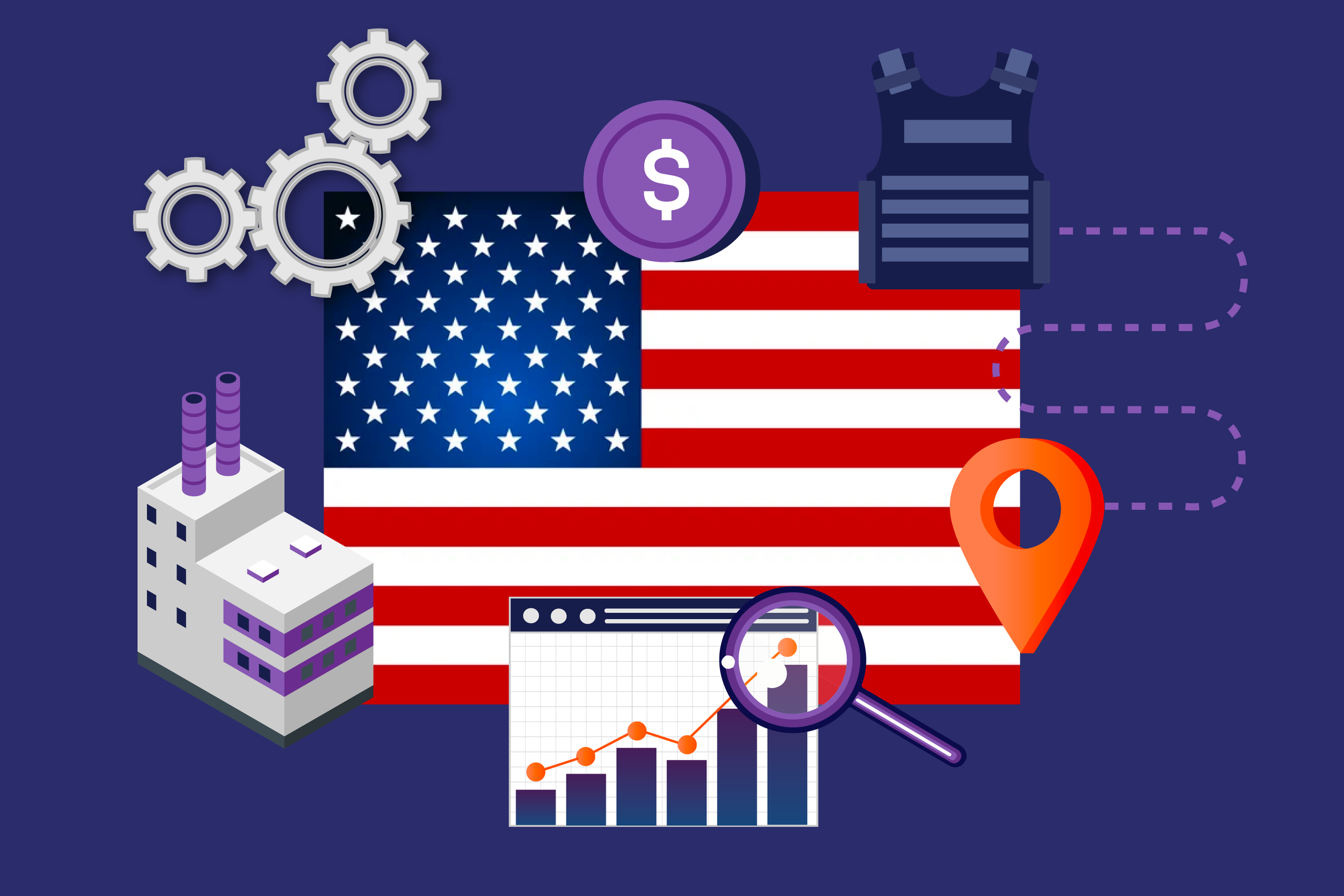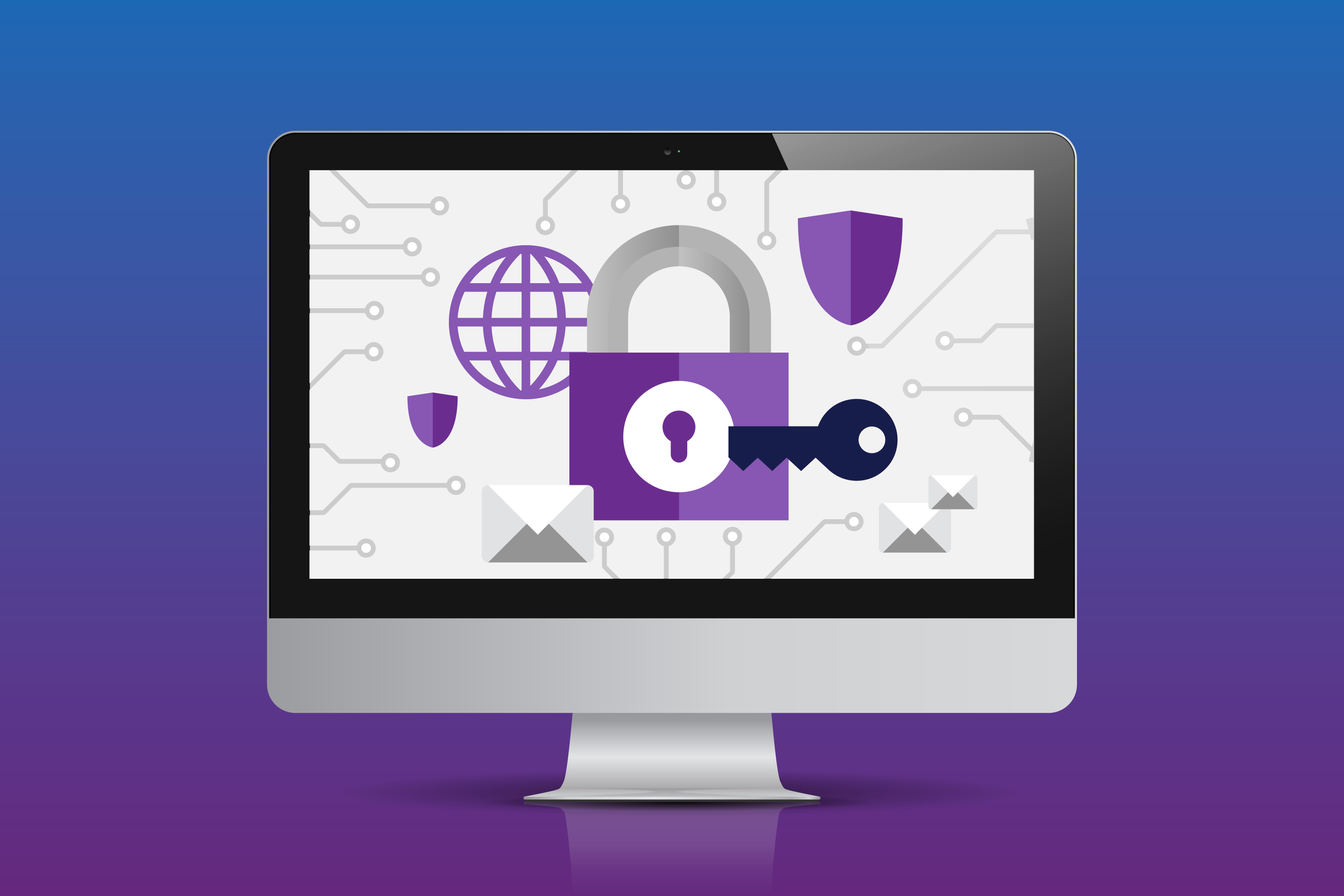7 Steps to Building an Effective Risk Management Framework
In today’s world, organizations need a reliable way to manage cybersecurity risks and reach compliance with regulatory requirements. Fortunately, that’s where the Risk Management Framework (RMF) comes in. An RMF provides an integrated approach to assessing, controlling, and mitigating risks. While initially developed for federal agencies, organizations of all kinds can adopt its guidelines to address potential threats to their operations by identifying and incorporating privacy policies and security controls.
In this article, we'll discuss how to build an impactful RMF that safeguards information and proactively manages risks. We'll outline the seven key steps necessary to establish a sound risk management program so organizations can reduce their exposure to legal and financial liabilities.
What is a Risk Management Framework?
Originally created by the Department of Defense (DoD), the RMF is a methodology that organizations use to establish their capabilities for assessing and managing risk. RMF specifies certain processes and procedures around risk identification, assessment, mitigation, and monitoring of assets in an organization's environment. The entity can then decide which risks are acceptable and take steps to reduce the ones that are not. The result is a comprehensive approach to creating a secure operating environment for all users in the organization that provides properly managed access to data and systems. With a strong RMF in place, organizations can scale their cybersecurity defenses and minimize their overall risk from external threats.
The Department of Health and Human Services (HHS) utilized the RMF to manage cybersecurity risks and protect sensitive information. In 2017, HHS launched a new cybersecurity initiative aimed at creating a more comprehensive security strategy to protect against cyber threats. The initiative included adopting the RMF, which helped HHS identify potential security vulnerabilities and prioritize their mitigation efforts. By implementing the RMF, HHS was able to manage risks and reduce its exposure to cybersecurity threats more effectively.
7 Steps to Build a Risk Management Framework
The National Institute of Standards and Technology (NIST), a federal agency that “promotes U.S. innovation and industrial competitiveness by advancing measurement science, standards, and technology in ways that enhance economic security,” has laid out seven steps that organizations can follow to implement RMF. Learn more about them below.
1. Define the organization's risk appetite
The first step in building a robust RMF is to determine the amount of risk that an organization is willing to take on in pursuit of its strategic objectives. It is important to note that risk appetite is not the same as tolerance, which is the level of risk that an organization is willing to accept. Rather, risk appetite is the level of risk that an organization is willing to actively pursue.
2. Identify the organization's key risks
Once the organization's risk appetite has been defined, it’s necessary to identify its key risks. Key risks are those that could have a material impact on the achievement of the organization’s strategic goals. There are a number of different methods that are used to identify key risks, including brainstorming sessions, SWOT analyses, interviews, and surveys.
3. Assess the likelihood and potential impact of each key risk
After the organization's key risks have been identified, it’s time to assess the likelihood and potential impact of each one. The purpose of this assessment is to prioritize and categorize risks so the organization can focus its attention on those that are most likely to occur and have the greatest potential impact. There are many ways to assess these risks, including probability-impact matrices and decision trees.
4. Select mitigation strategies for each key risk
Once the likelihood and potential impact of each key risk has been assessed, mitigation strategies (controls) will need to be developed for each one. Mitigation strategies are actions that an organization can take to reduce the likelihood or impact of a particular risk. For example, if an entity has identified a key risk that could result in data loss, it might develop a mitigation strategy that involves putting a data backup plan in place.
5. Implement the mitigation strategies
The next step is to implement these mitigation strategies. This may involve creating new policies and procedures, training employees, or investing in new technology. Note that this shouldn’t be viewed as a one-time event; rather, this should be an ongoing process and the controls should be regularly reviewed and updated as needed.
Emphasizing the importance of employee training and involvement in the RMF is crucial for the success of any risk management program. Even the most comprehensive and robust RMF cannot be effective if employees are not trained to identify and report risks or if they do not follow established policies and procedures. Organizations should invest in training their employees on the RMF and ensure that they understand their roles and responsibilities in managing risks.
It is also important to involve employees in the development and implementation of the RMF. Employees often have valuable insights into the risks and vulnerabilities of their organization's systems and processes. By involving them in the process, organizations can leverage their expertise and gain buy-in for the risk management program. This can lead to a culture of security awareness and a shared responsibility for protecting the organization's assets.
Employee involvement can also help to identify potential gaps in the RMF and ensure that the program is updated and relevant to the evolving threats and risks facing the organization. Ultimately, an effective RMF depends on a well-trained and engaged workforce that understands the importance of risk management and is committed to protecting the organization's assets.
6. Assess and authorize the selected controls
After the mitigation strategies are implemented, the organization should confirm that this was done correctly and that the controls are working as intended. Additionally, it’s important to ensure that no new risks were accidentally introduced during the process. Sometimes senior leaders in the organization must also give their stamp of approval (authorization) after verifying that the new risk mitigation strategies are indeed working.
7. Monitor and review the risks on an ongoing basis
It is critical to observe and review the mitigation controls on an ongoing basis. This will help the organization identify any new or emerging threats and ensure that its mitigation strategies remain effective over time.
Here are a few tips on how to continually improve your RMF:
Regularly review and update risk assessments: Risks and threats are constantly evolving, so it's essential to keep the RMF up to date. Regularly review risk assessments and update them as necessary to ensure that the organization is prepared for the latest threats.
Conduct regular employee training: As mentioned earlier, employee involvement is crucial for the success of the RMF. Regular training sessions can help employees understand the importance of risk management and ensure that they are up to date on the latest policies and procedures.
Regularly test controls: It's important to test the effectiveness of the controls in place regularly. This can involve conducting penetration testing or vulnerability assessments to identify any weaknesses in the RMF.
Continuously monitor and analyze data: Organizations should monitor and analyze data to identify any potential new risks or trends that may require adjustments to the RMF.
A comprehensive RMF is an essential component of any cybersecurity plan that is worth its weight in salt. By utilizing the seven steps detailed above, organizations can effectively mitigate risks, protect data, and stay ahead of potential security threats. Ultimately, proper risk management is crucial for any organization that wants to remain secure in today’s ever-changing digital landscape.
By embracing a culture of continual improvement and proactive preparedness, they can ensure that their mitigation strategies are up-to-date and robustly equipped with sufficient safeguards against the latest cyber threats.
Ballistic Resistant Armor Advisory for Risk Management
At IntelAlytic, we offer dedicated operational support for companies in defense and public safety, focusing on ballistic-resistant armor materials and products. We help guide businesses through complex regulations, ensuring your business is well-prepared and protected.
Our Compliance & Risk Management services:
Business continuity and resilience planning
Privacy and data protection consulting
Third-party risk management
Incident response and remediation planning
Environmental, social, and governance (ESG) reporting
Trade compliance and export control
Corporate social responsibility consulting
Governance, risk, and compliance (GRC) services
Internal audit and control assessments
Risk management and mitigation planning
Regulatory compliance support
Interested in working with IntelAlytic?
Explore IntelAlytic Services
Follow us on LinkedIn for daily tips and resources




